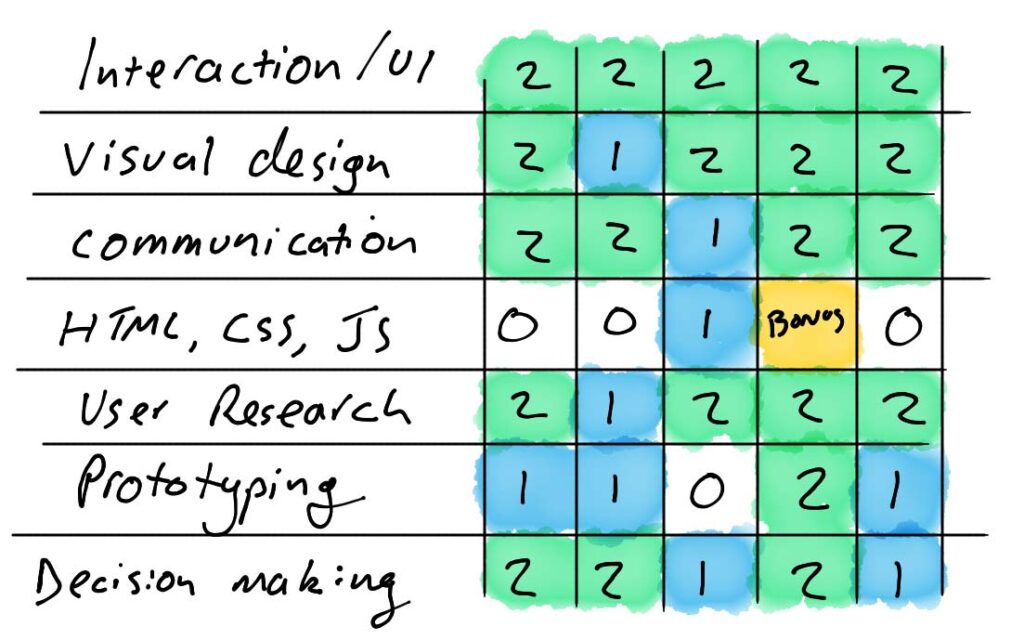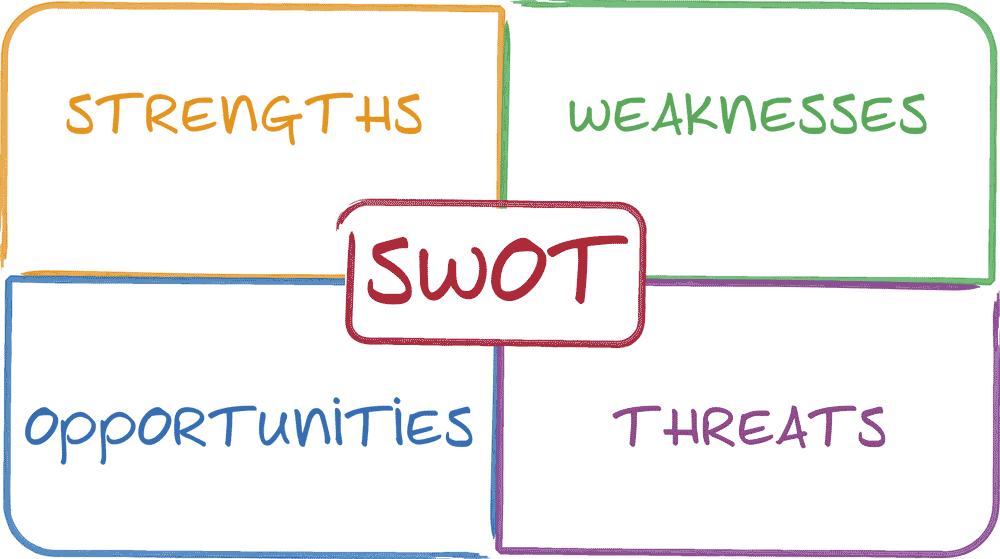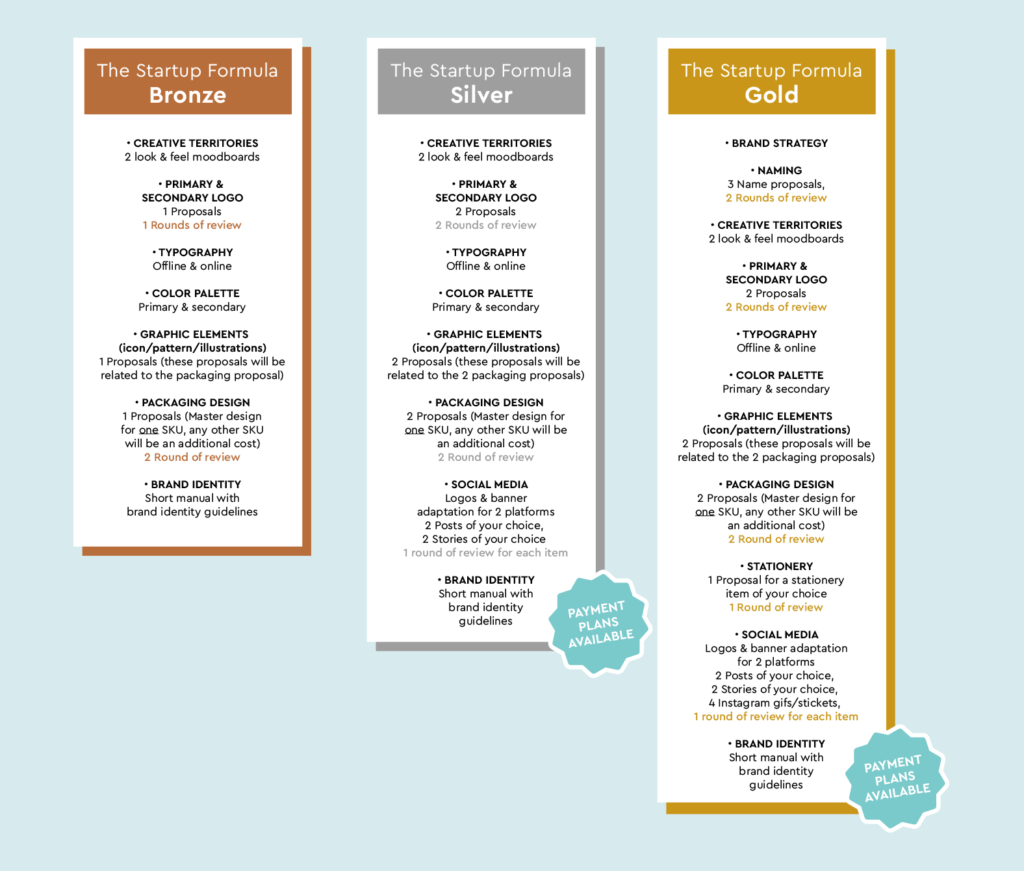
04 Apr Top 10 Tips for Starting a Design Company
Top 10 Tips for Starting a Design Company
Once you have built a successful design career and reputation in the industry, it might be time to take on a more significant challenge – like starting a design company.
Whether you have been a full-time employee or a freelance designer as a side hustle, starting a design company and being their own boss is on every designer’s wish list.
Creativity and talent can take you so far as a professional designer. Establishing a company requires a whole new genre of skills. Apart from being an excellent designer, it would help if you had determination, adaptability, and vast communication skills to set up a profitable company.
In this step-by-step guide, we will walk you through the process of setting up and taking your design business off the ground.
10 Steps to Starting a Design Company
Set up and establish yourself as one of the leading design companies through these ten simple steps:
1. Assess Your Level of Passion
As discussed earlier, starting a design company requires hard work, determination, and will. Only a business backed by commitment and passion can make a name for itself. So, if you find yourself short on motivation and passion for designing, maybe building a business out of it is not your cup of tea.
Before jumping on the bandwagon, ask yourself; are you committed to setting up a business? Can your passion keep you pursuing your dream even if no positive results appear in the beginning?
Because you’d want to forfeit your dream midway just because it is getting challenging without a reward, sometimes people only see the rewarding aspect of the business and think they have what it takes to build a business. Only to end up leading their business and personal growth to a standstill.
If you are starting a company just because you landed some high-paying clients, you might want to rethink your decision. You cannot start making big bucks right away unless you go through rigorous hard work and struggle along the way.
2. Evaluate and Expand Your Skill Set

While choosing and nurturing a niche skill benefits a designer, you would need to expand your skillset if you want to grow into a design company.
Graphic design alone is a super-extensive field, broadening from basic logo designs to extensive web design and animation.
If you want to compete against previously established companies, you need to expand your skillset to counter a broader range of clients. Although logo design takes up a massive chunk of graphic designing, you should know your way around other aspects of the industry.
However, before learning about a new niche, evaluate your current skill level. Make sure you have the most up-to-date knowledge about the niche you are good at. You can market that niche as your company’s speciality in the future.
Nevertheless, put yourself in your clients’ shoes and understand what they would expect from a graphic designer or, to be specific, a graphic design firm.
You don’t need to go out of your way and hone these skills when you can hire professional talent in that genre. Still, develop an understanding of the type of clients you cater to.
3. Plan a Strategy and Vision for Your Company
Now that everything is taken care of on your part, it’s time to move forward with the company development. The first and foremost task is determining how you want to move forward with your business.
Would you build a workspace/office or operate virtually? What would be your main selling point? Where do you want your company to be in the next 5 – 10 years? How many clients would you work with? Would you expand your services or expand the geographical location you cater to?
While you build your business strategy, don’t forget to craft out plans B, C, and D. This will help you steer forward if things don’t go according to the plan. It is vital that you plan everything.
Once you figure out your immediate and long-term plans, you will have a clear roadmap to follow. Not to mention, they would help keep you on track to success.
4. Carry Out a Market Analysis

With the advent of offshoring in the design industry in recent times, especially graphic design, there’s cutthroat competition on the road to the top.
Like starting any other business, you must research and analyse market trends. Figure out how diversified the market is and how the top companies are performing.
All of this research is termed market analysis, which every business enterprise performs regardless of its size and magnitude. Research and pick out a market niche you will be competing in and know whom you are competing against. As a beginner enterprise, you should study how your competitors operate and what makes them perform well in the niche.
This will enable you to craft an effective business strategy to compete against them and help you determine how you can provide better services to them.
If you think they have a policy that keeps them ahead in the competition, don’t hesitate to adopt that. After all, competition is the name for striving for the best.
5. Build a Portfolio of Websites
No matter what type of design company you want to set up, you always need to have a portfolio that showcases your skills to your potential clients. With how swiftly the world is moving towards online platforms, a portfolio of websites is the best way you can attract and compel clients into hiring you.
A website portfolio would serve as a display gallery and a contact channel in which clients can contact your business and place their orders.
It would help if you preferred naming the website after your company’s name to position yourself as a brand. Make sure to display your best work to date to build a reputation for yourself in the industry.
You must register your business formally to limit your liability and gain trust in your customer’s eyes. Nowadays, you can register your business easily as an LLC or corporation with affordable online legal services.
6. Determine Your Pricing

Once you put out your company’s website portfolio and do a marketing campaign, clients will be storming your inbox asking for a price quote.
As a designer, charging an hourly rate for your services seems like a good choice. Since it is one of the most accessible parameters of getting paid, you can quickly climb up the ladder to a higher pay rate.
But going for an hourly rate for a startup company is not advisable. Not only does it prevent you from scaling past a certain point, but you’d also hardly make any profit through this process.
Moreover, keeping count of the hours you put in can be a hassle. That is why most design firms charge per project. This allows them to quote a price suitable to the type of work at hand.
Offering a custom price quote for the project allows you to demand the price you seem fit for your service quality.
While this pricing method seems more favourable for business, as a startup, you need to focus more on building a clientele that operates on relatively higher budgets.
7. Identify and Pitch to Potential Clients
After everything on the backend is sorted out, it’s time to get on the business side of things – How will you scale past your first clients or increase your revenue?
Looking for clients is probably the most exciting part of the entire process, which can be worrying if you are low on patience.
You can’t simply expect your potential clients to knock at your door when you finish building an online presence. Considering how diverse the design industry is, you need to pick out a target market you will address firsthand.
You can pitch to potential clients from all categories ranging from small, medium, and large businesses depending on your type of work. However, it is better to stick to small and medium local enterprises as a startup and get as many testimonials as possible.
Once you have built a clientele vast enough, you can move on to the more significant, professional, and high-paying segment.
8. Seek New Talents to Expand Your Business
While you can build your business alone from scratch, to scale your business, you need a workforce. You cannot afford to get more clients if you don’t have someone professional to rely on to get the job done for you.
Even if you don’t have that many clients now, you will eventually have, so make sure you have the experts who can handle that.
When hiring people for a startup business, preferably freelancers, as they are affordable and do not need a workplace environment to work, various online websites can help you find exceptional talent and professionals who have skills even better than you.
9. Establish a Proper Workplace/Office

As your company moves forward regarding clientele, employees, and revenue, you should start thinking about setting up a proper workplace or office.
Large corporations and enterprises prefer working with more professional and experienced companies than small or medium scale businesses.
Having a physical, real-world workplace can help you radiate the professionalism bigger companies look for.
Consider creating a dedicated and ambient workspace away from all the distractions and interruptions, where not only you but your employees can work effectively and productively. A professional workspace can help you attract higher-paying clients that can take your business to a new level.
10. Steer Your Design Company Towards Success
No doubt, starting a design company is demanding, especially in the current scenarios.
However, you can expect somewhat smooth sailing by following this step-by-step guide that tells you when and how to take the next step in scaling your business.
If operated with determination, diligence, and willpower, the hassle-induced and challenging business can also become rewarding. Once you get the hang of starting a design company, the sky’s the limit for you!
The post Top 10 Tips for Starting a Design Company is by Stuart and appeared first on Inkbot Design.


